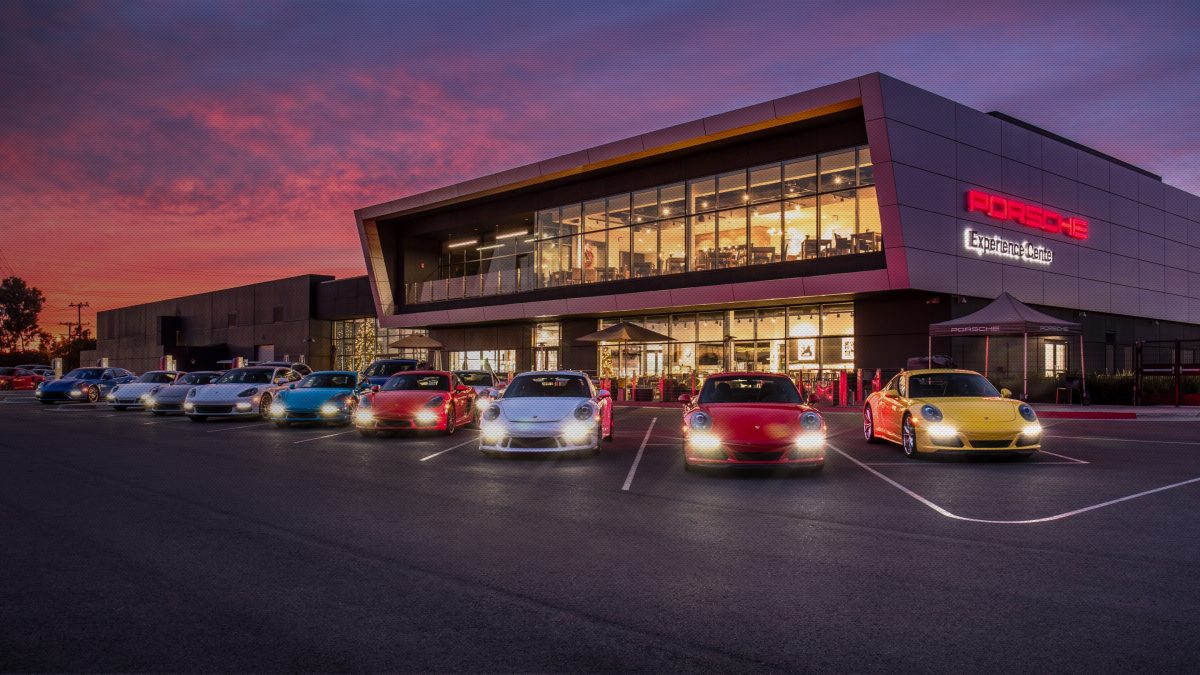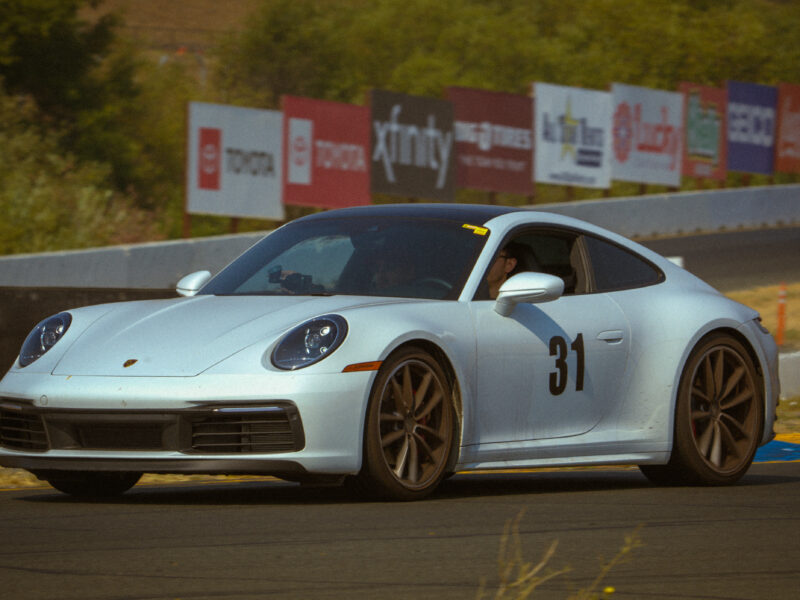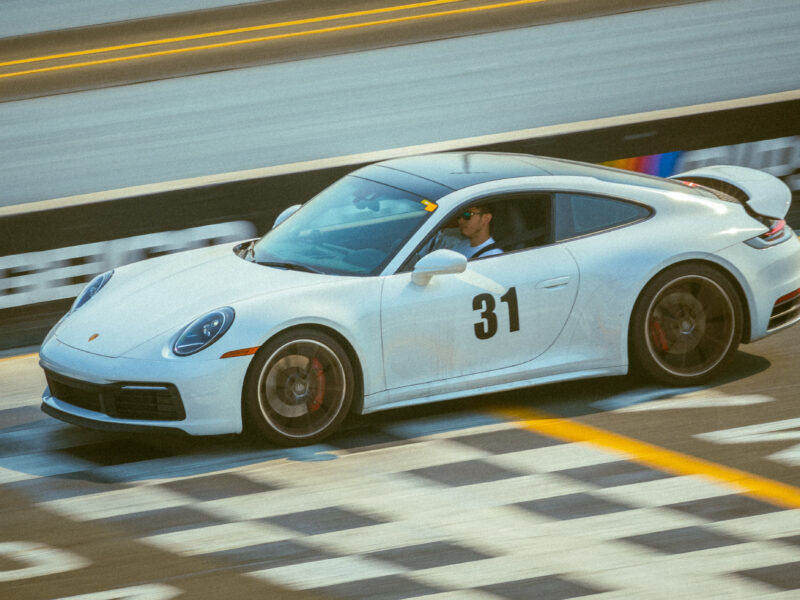How it started…
My friend who owns a Porsche Boxster asked me if I’d like to go on racing tracks with him with my newly bought 911, while he kept telling me how there were accidents on the track every time he went to race. I’m too scared to go on the race track without any training, so I started looking for some high performance driving courses. A lot of car manufactures provide similar ones, usually a full day course – Lexus, Mercedes or BMW etc. I searched for Porsche ones, and I found Porsche Experience Center. It has Los Angeles, Atlanta locations, as well as a track experience center in Birmingham, Alabama. Of course I’m most interested in the LA one – PECLA.
PECLA has 53 acres property and full of fun and useful modules to improve driving skills. It also has an engineering department which works with the headquarter in Germany to create the most powerful track weapons. It also has a shop, a cafe, and a upscale restaurant, which was closed due to the pandemic.
Booking Experience
On their website, they mentioned the Porsche Academy program. It’s a 4 session program, with the purpose of building driving skills on the track from ground up. It has three programs with different focuses:
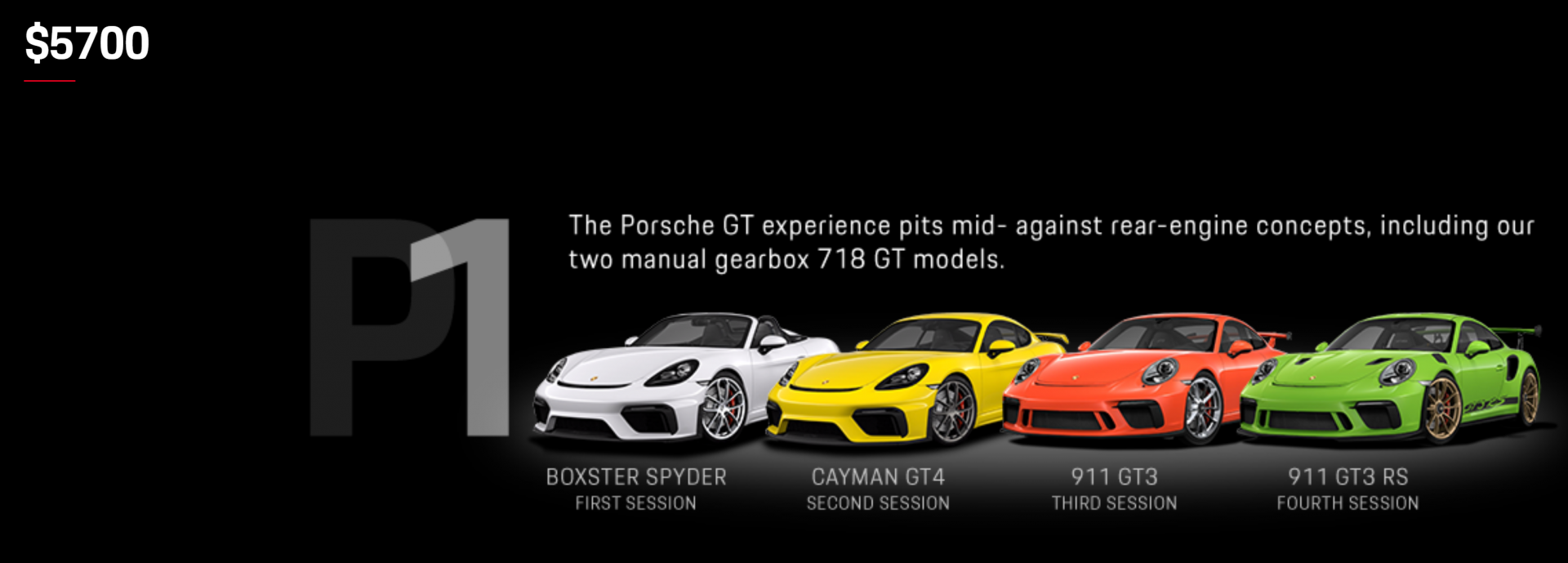


Of course I’m most interested in P2 as it focuses on the 911 driving. Strangely, you can’t book it online (while you can do so for other programs) – you have to call. I called them and Michelle answered my phone. She was super nice and I have to say, the customer service of Porsche was so good that I’d like to spend money on them. The booking was smooth, and I also purchased liability waiver, which only costs $50 per session while reduces your liability to only $500 each incident – a no brainer.
The price for Academy program is not that expensive considering the seat time. Other full day driving courses provided by other manufacturers cost about $1000 a day, and they don’t have as much as seat time.
First Day
Michelle called before my first day to tell me to arrive 45 mins earlier because she would give me a tour of the whole facility. But I arrived late and she introduced me directly to my instructor – Nikita. He will be my instructor through out all four sessions.
Then we went to a reserved meeting room (I had the room for me the whole day) to have a briefing before getting on the car – 718 Cayman S. I was presented with a polo shirt, a notebook, a small bottle of hand sanitizer, a bottle of water and my badge for that day.

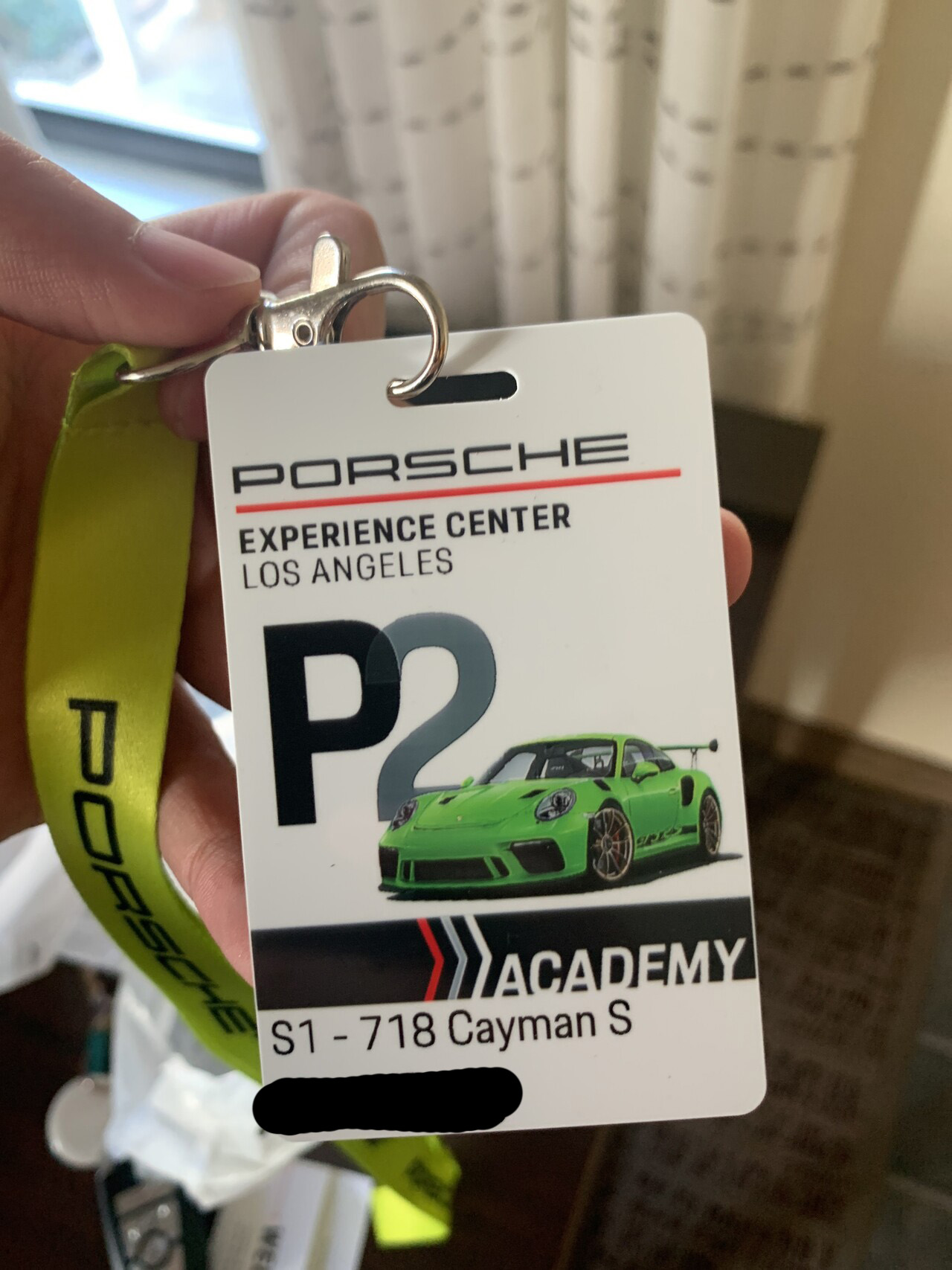
Nikita introduced the 7 or 8 modules in the facility. I’ll talk about them individually. Here is the map:
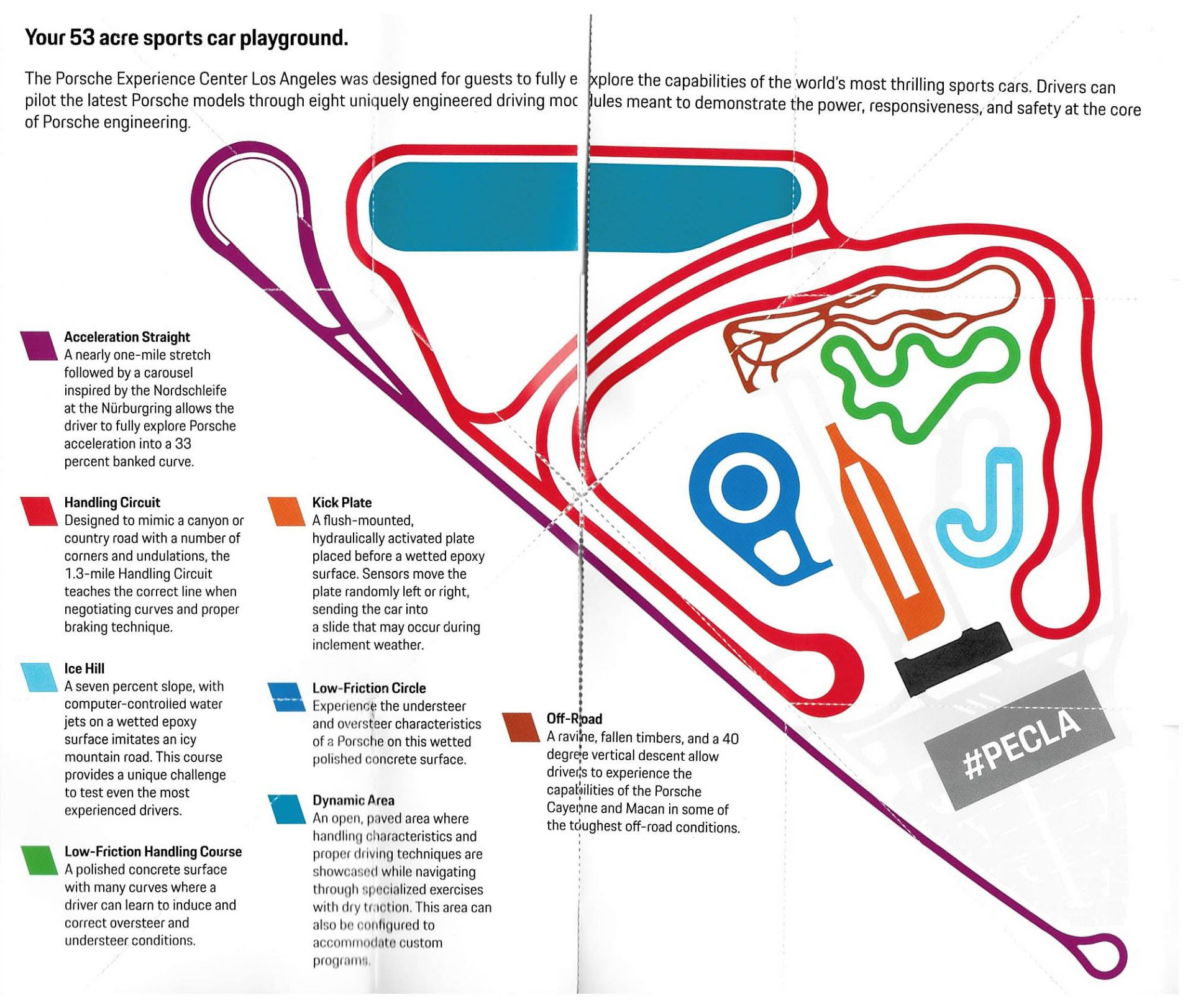
Nikita presented me with the schedule of the 4 sessions. First session has the most time on low friction modules, and it decreases as we gets into the following sessions. In the 4th session, there will be data recording and collection while I’m driving on the track, analyzing lap times and the data to improve. The briefing was full of techniques and details, like weight transfer, and “theory 1”, very informative. But it’s always better to get in the car to experience all the theories. We headed out and hopped in two cars. There was a radio in my car on the passenger seat so I could always hear what Nikita told me to do.
Low-Friction Circle
The low friction circle is a concrete surface with sprinklers. It’s wet all the time, which is perfect for practicing drifting and also experiencing two most important concepts on high performance driving: oversteering and understeering.
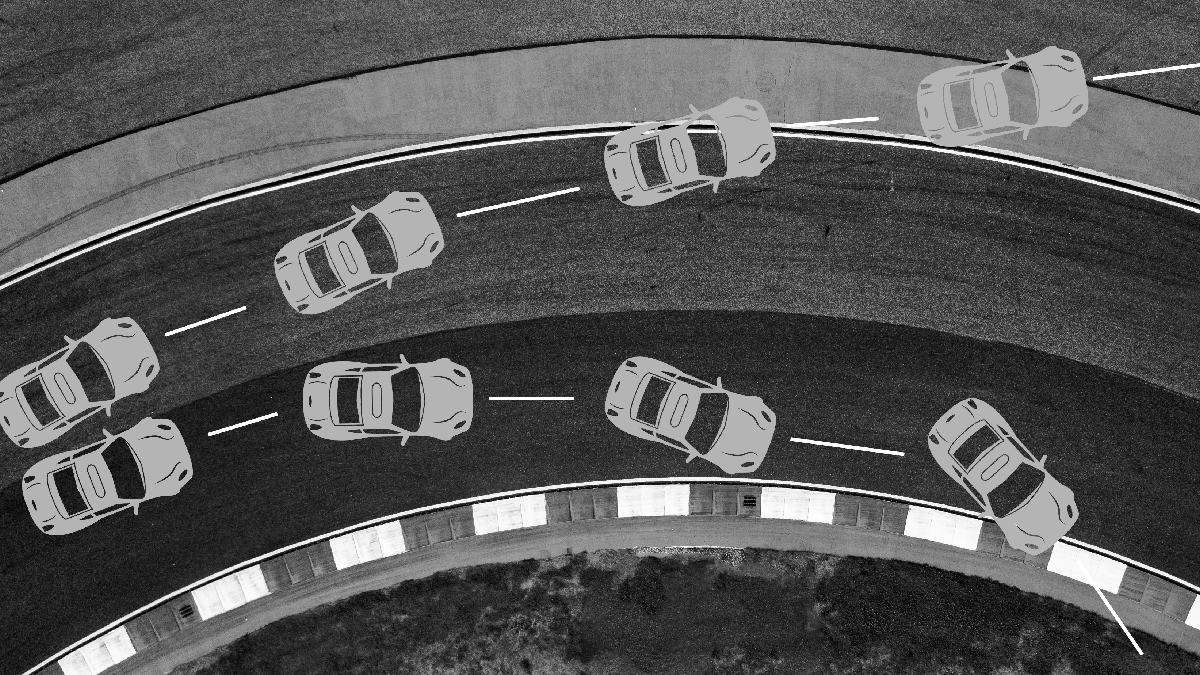
Understeering happens when your front tires lose friction – it can’t provide as much as friction you want. Thus your can won’t turn into the curve, instead, it’ll will run out of the track from the opposite direction you want. Oversteering happens when your rear tires lose friction, a.k.a. drifting. In my opinion, understeering is far more scary than oversteering because you feel your car is losing control.
On the low-friction circle, I was frightened the first time I lost the back end of the car, and I panicked. Nikita was standing outside the circle and talking to me on the radio. It was very useful to have someone giving you real-time feedback, and I quickly got used to the oversteering and was able to correct it several times. But to keep it going, there needs to be perfect amount of throttling, counter-rotating the steering wheel and perfect timing, which all require seat time to gain more experience. We spent about half an hour on that, and then moved on to the next module.
Kick Plate
Kick plate is the most fun module to me. It features a “kick” plate, which kicks the rear wheels to either left or right – completely random. After that you’re on a smooth concrete surface with water. Your task is to correct the oversteering quickly and drive out of the module safely.
I was too cautious on the first few times to trigger the kick – it doesn’t work if the speed is too low. Finally I was at the right speed, and the kick was way stronger than I anticipated. So I didn’t react fast enough to counter the oversteering. The car probably rotated 720 degrees before full stop. Then Nikita told me, vision is the key. Instead of looking at the front of the car, I should look at the place I want the car to go. In that case, it’s the end of the module, or, the building behind it. So I tried again, and I was able to act very quickly, but I didn’t steer enough. And I tried again, I acted fast and locked the steering wheel to the other direction, and the car successfully corrected itself!
I did it a few times and I completely nailed it. Then it was time to move on to next module.
Ice Hill
The name tells everything. But there is a 180 degree turn at the bottom of the hill, and it’s not made from ice – it’s wet and smooth. I had to control the speed – throttle and brake – approaching the bottom of the hill and making the turn. Compared with Kick Plate, it has more variables to be controlled. So I didn’t do well, and I almost hit a cone at the turn. As we moved on to the next module, I didn’t miss this one at all.
Low-Friction Handling Course
It’s a mini track, with very smooth concrete surface with white powder on it. The white powder will be snapped on the tires and make it more slippery. On the first few laps, I was driving behind Nikita, trying to get tires slippery. Then I was on it by myself. That was the first time I experienced understeering, which totally freaked me out. It was an almost 180 degree turn, and I was accelerating while making the turn. So the weight transfer kicked in. The weight of the car will transfer to the back end when accelerating, making the pressure of front tires smaller, thus less friction. When front tires couldn’t provide enough friction for the turn, understeering happens. I was able to slow down the car so I didn’t run out of the track, but it was scary.
If you still couldn’t understand weight transfer, imagine a half bottle of water. Put it down, and suddenly move it forward. The water will flow to the back end of the bottle.

At other corners I mostly experienced oversteering, and I was able to identify them and correct them quickly.
Acceleration Straight
Nearly one-mile long. It’s perfect for trying launch control, which I hadn’t tried at all on my own Porsche. With Cayman S, which is not a really fast car, it still blew me away. Porsche just knew how to do launch control.
One thing I noticed was that Nikita told me to push back my head against the head rest of the seat. I realized that the acceleration was so powerful that he didn’t want my head to be smashed on the head rest. It was very exciting to try launch control for the first time, but there wasn’t much to talk about that. Next session I’d be in 992 Carrera S, which could do 0-60mph under 3.5 seconds, and I couldn’t wait to try that. And it turned out, it didn’t let me down.
Dynamic Area
Dynamic Area is just a big empty lot with a lot of cones, forming the route. Nikita wanted me to do circles, endlessly, and to experience and correct oversteer and understeer. At first I was driving slowly, and then I drove faster and faster, and from some point oversteering kicked in. I didn’t spend much time on it because of my motion-sickness. I didn’t feel very good. Nikita told me to take some Dramamine next time before the session. 🙂
Handling Circuit
It was the track time! I followed Nikita on the track, trying to keep as close as I could with him – normally 2 cars distance. And Nikita told me everything I needed to pay attention to over the radio – when to brake, how much, which route etc. It was my first time on the track, so we didn’t go super fast. We did a few laps, Nikita was talking the same thing on every lap. And I was told I should stick to the same line no matter how fast or slow I was driving – a.k.a. racing line.
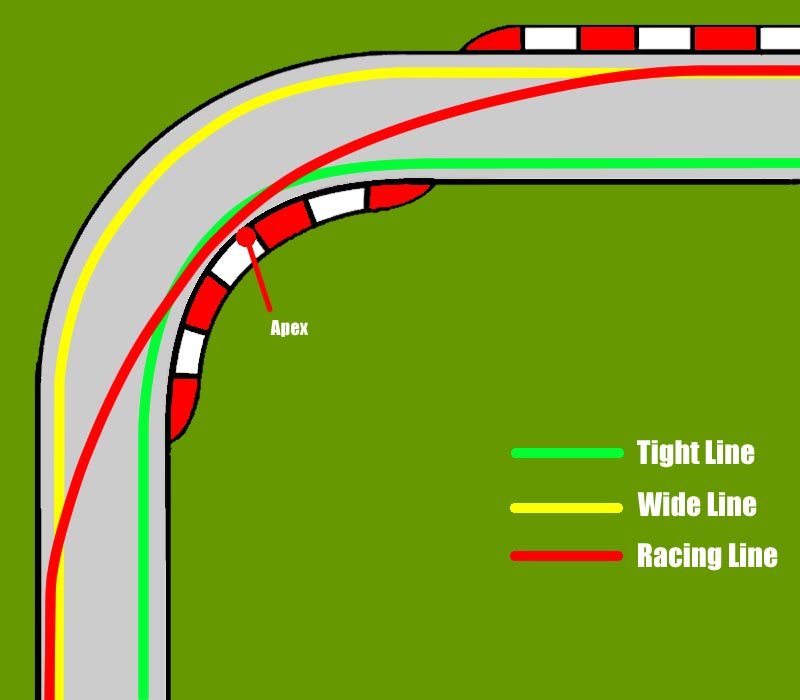
I’d spend a lot of time on the track in 3rd and 4th session, so the first session was just to get familiar with the track.
After that, we moved inside to have de-briefing. Nikita had a diagram and listened to me very carefully about my feedback – what I did well and what went wrong. And he summarized really well, writing down on that diagram and gave it to me. Then he gave me homework to do: learn about friction circle. I couldn’t believe two hours had passed, and I met Michelle again. She took me on the tour about the facility.
The Tour
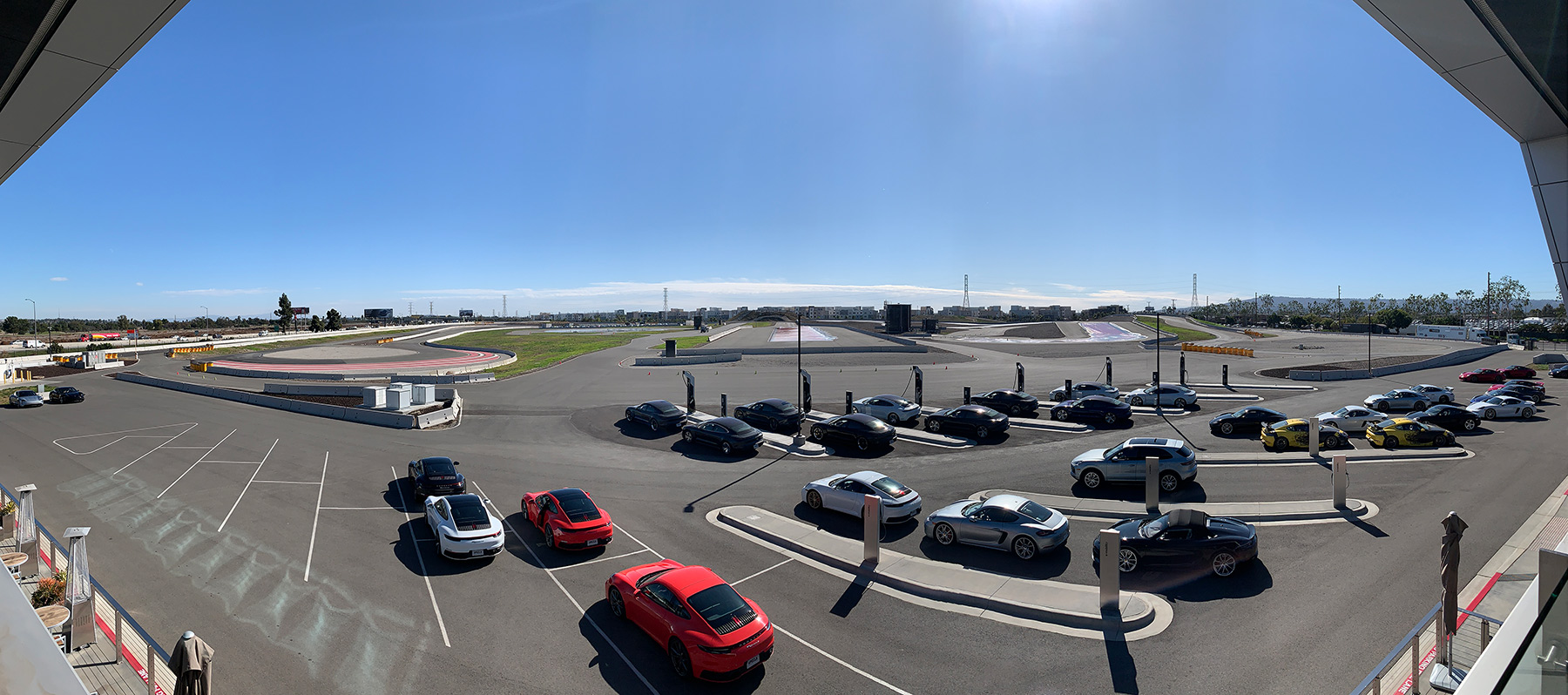
The photo above was taken at the patio on second floor. Very nice weather in LA.
The gallery has a few legendary cars on display. My favorite one is this. The old white 911. On the background of this photo is their engineering department.
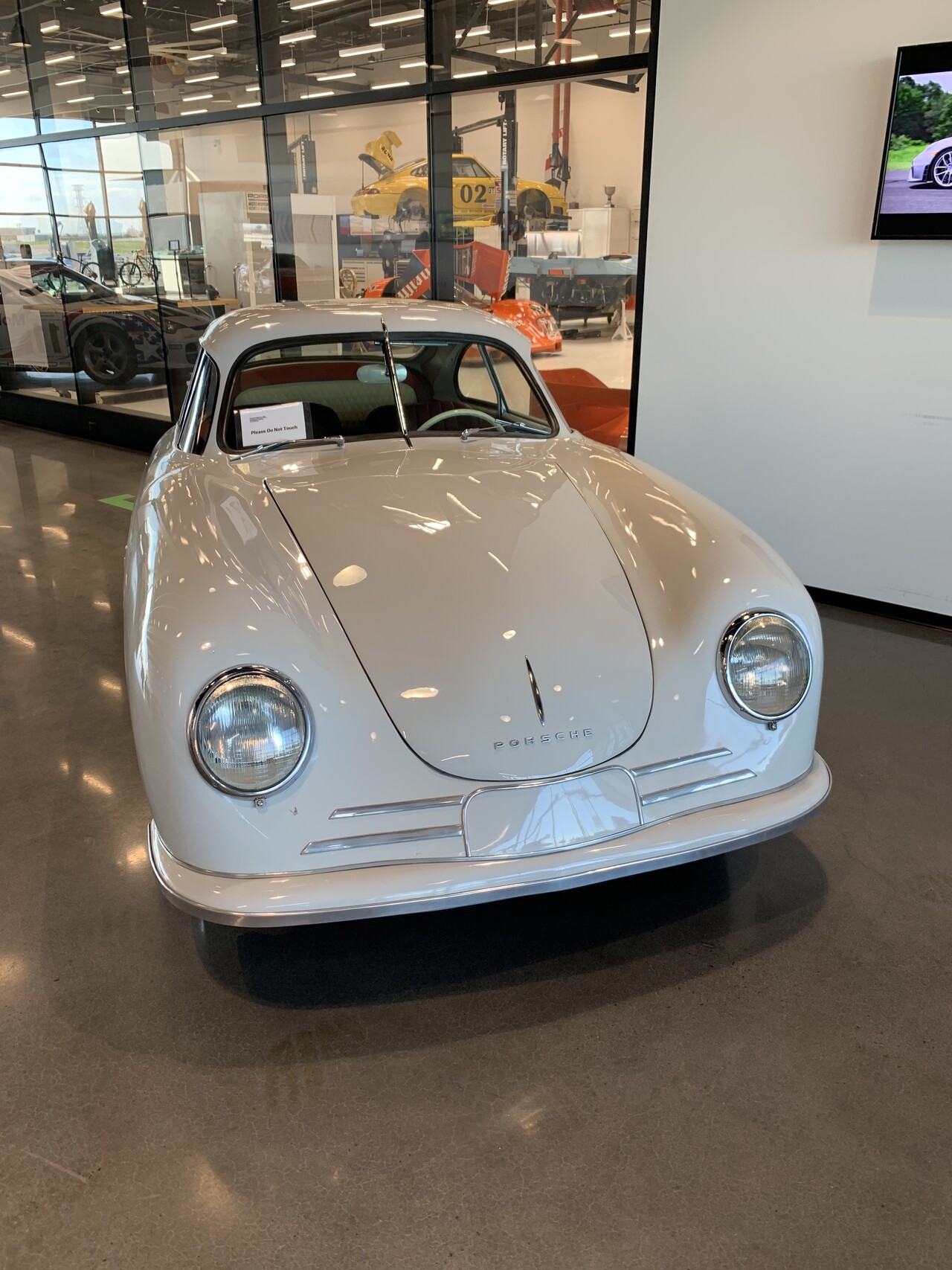
PECLA features a upscale restaurant “917”. Unfortunately it was closed due to COVID-19.

PECLA has several meeting rooms, which is perfect to have some corporate events. It also has a room with four simulators, where you can experience famous racing tracks all around the world on it. Michelle told me they often host some events for racers or companies. Instructors will take guests on a ride on the track, or some other sports car related activities. I wish I could organize one such event for my team!
That was all for my first session. I was exhausted, while I couldn’t wait for the next one!
